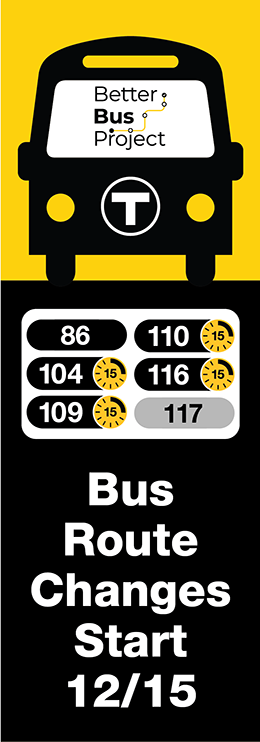
Maura Healy recently signed a proclamation to designate the first week of November as Drowsy Driving Prevention Week to recognize the consequences of sleep deprived and fatigued drivers on Bay State roadways. Drowsy Driving Prevention Week in Massachusetts runs from November 3 to 9. Senator Jehlen is working with AAA and the Drowsy Driving Prevention Project to spread awareness.
AAA research indicates drowsy driving is a serious traffic issue – in part because many drivers fail to realize when they’re in danger of falling asleep. During a recent simulated nighttime driving experiment, the AAA Foundation for Traffic Safety found 75% of participants who rated their level of drowsiness as low were, in fact, moderately or severely drowsy.
5 to 6 p.m. becomes increasingly dangerous, according to a AAA Northeast analysis of data from the Massachusetts IMPACT Crash Data Portal. From 2019 to 2023, there was a 38% increase in crashes in the 5 p.m. hour in the month of November (5,931) compared to October (4,267). For pedestrians, the danger is greater. During the same five-year period, there was a 159% increase in pedestrian crashes in the 5 p.m. hour in November (106) compared to October (42).
“Please remind your loved ones to be careful on the road,” said Marian Berkowitz. “We may be extra tired after changing the clocks back as our body adjusts to the time change and it will also be darker much earlier in the evening.” Marian Berkowitz founded the Drowsy Driving Prevention Project in 2012 after she lost her brother Jim when he fell asleep at the wheel while driving back to his college and crashed into an oncoming bus.
Falling asleep behind the wheel can happen to anyone, like Alex Noel, son of AAA Northeast’s Vice President of Public and Government Affairs, Mary Maguire.
“When my son was 17 and a new driver, he fell asleep at the wheel and was seriously injured in a horrific crash. But he survived and made a full recovery thanks to one key factor – he was wearing his seat belt,” Maguire said. “Teens are often the most sleep deprived among us, and after Alex’s crash, I began discussing the dangers of drowsy driving with my children and with teens across our region.”
AAA offers the following tips as drivers adjust to darker conditions:
- Prioritize getting at least seven hours of sleep before hitting the road. If you’re fighting to stay awake following the time change, pull over to a safe location, lock your doors and take a quick nap.
- Keep your eyes moving. Don’t just focus on the middle of the road- watch for flashes of light that might indicate the presence of another vehicle on top of hills, around curves and at intersections. If a driver of an oncoming vehicle fails to dim the lights, look down toward the right side of the road to see the white edge line and stay on course until they pass.
- Ensure lights and windshield wipers are in good working order. Check for yellowing, clouding and other changes in appearance of lights. Make sure your wiper blades aren’t leaving streaks and that you have enough wiper fluid.
- Beware of glare. Use your sun visor, invest in polarized sunglasses and leave extra room between you and the car in front of you when the sun is in your eyes.
- Decrease your speed to compensate for reduced visibility. Increase your following distance to four or more seconds behind the car in front of you — and more time if you’re behind a motorcycle or if weather conditions are poor. Turn slowly at intersections, particularly in areas with poor street lighting or where pedestrians are likely to be present. Don’t try to speed through a yellow light and turn at the same time.
-Office of Senator Jehlen
















Reader Comments